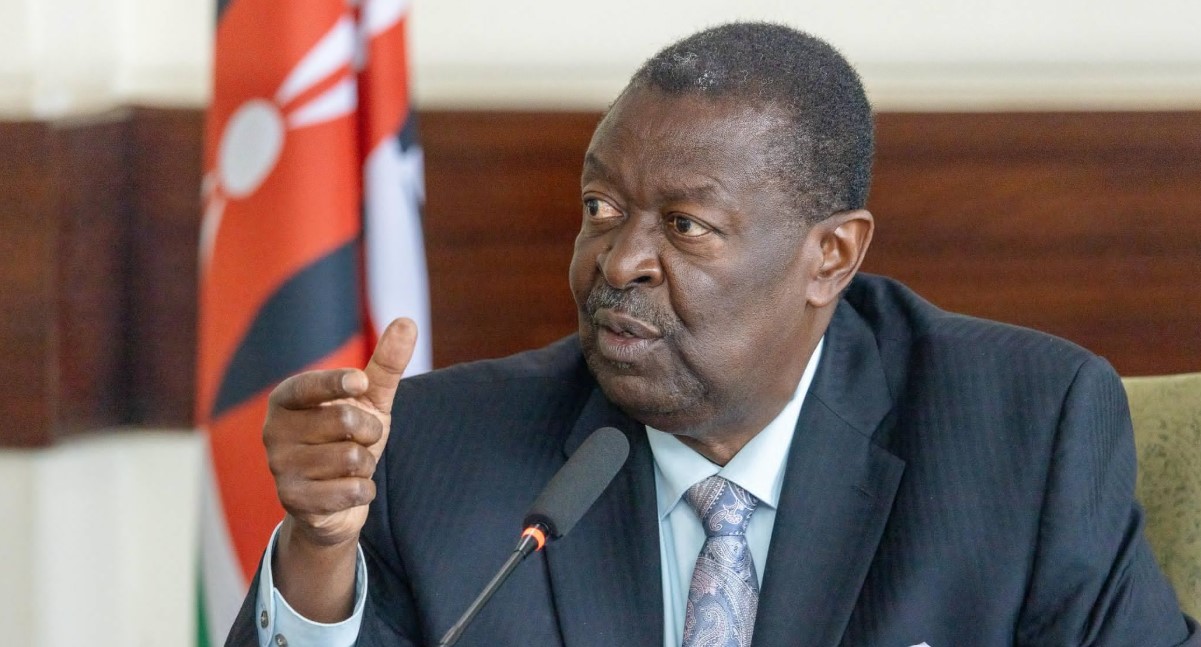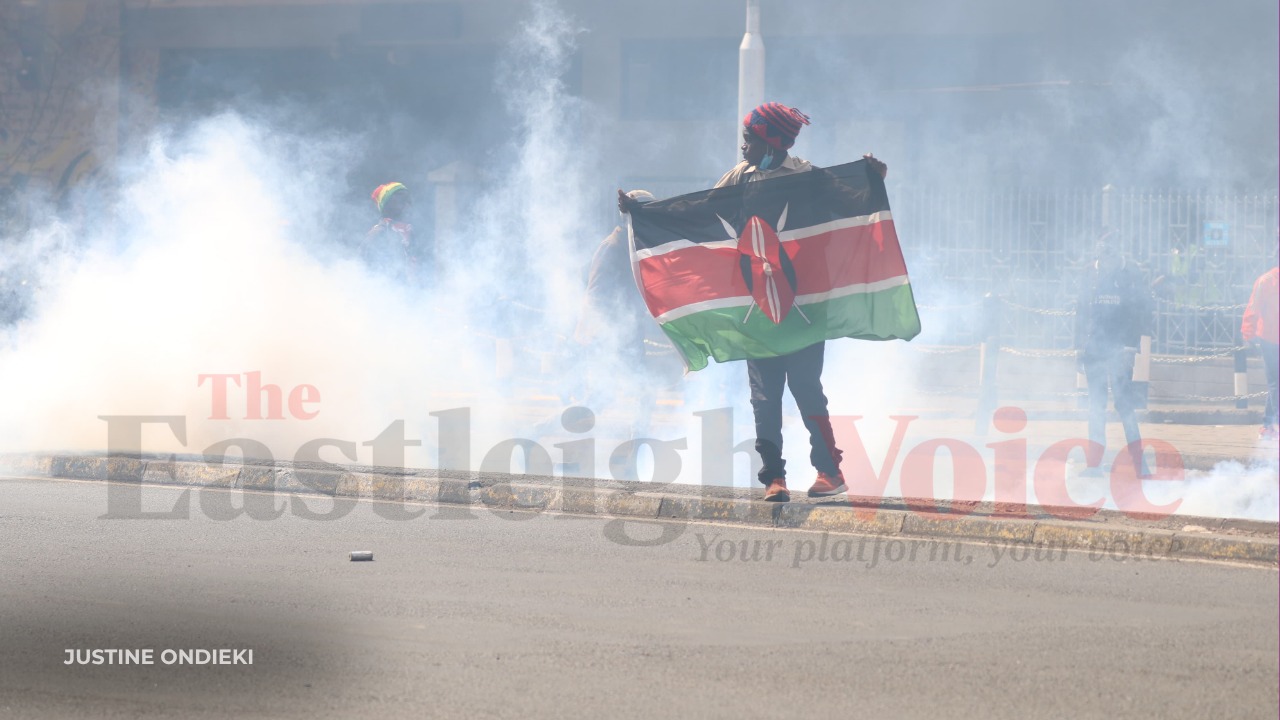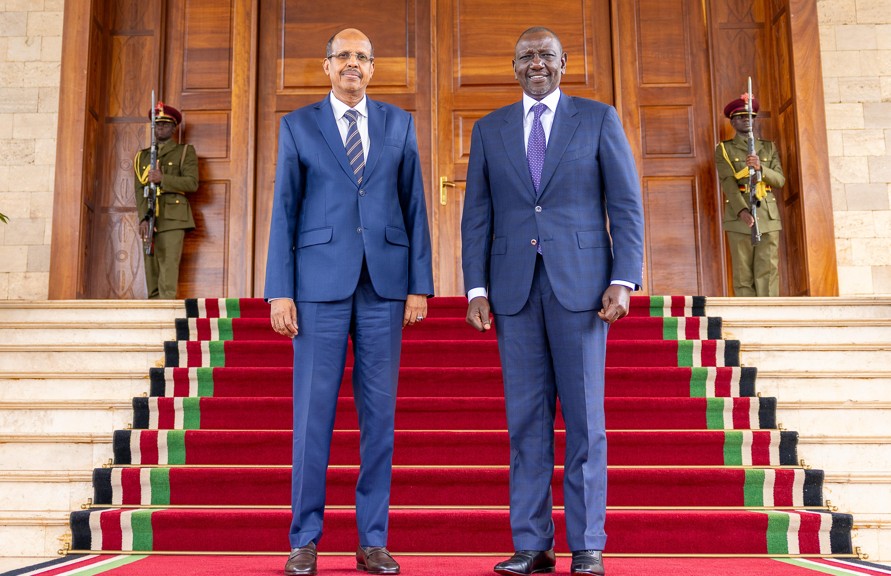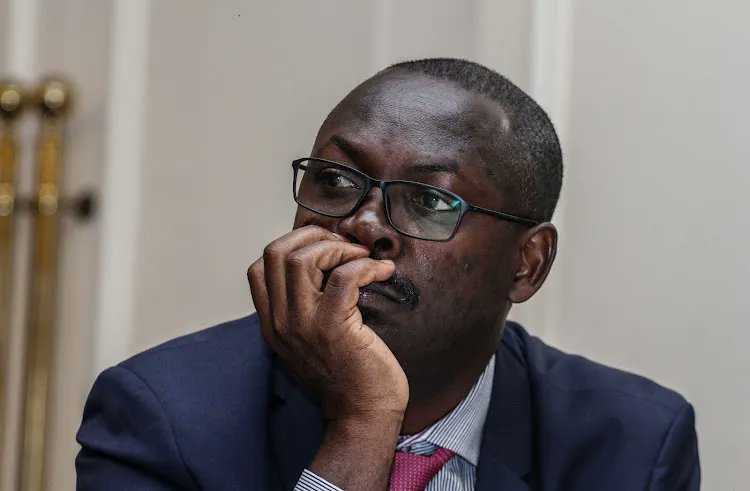Kenya police brutality: It will take more than laws, public anger to change behaviour
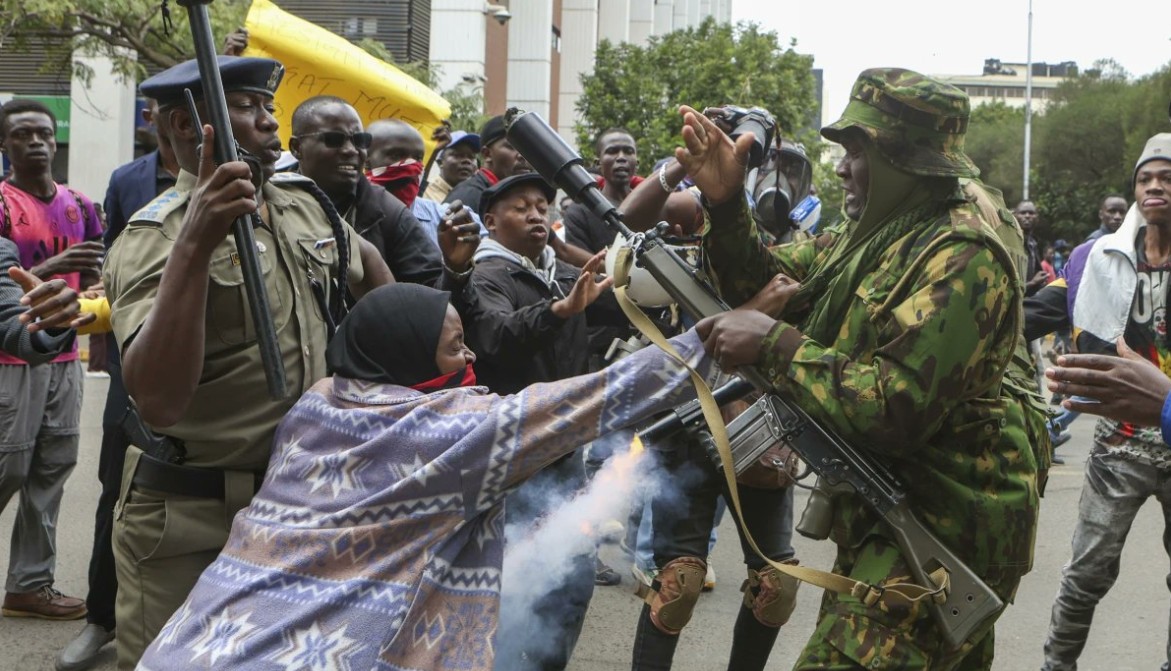
Excesses by the National Police Service have prompted action in the past. Repressive laws have been repealed and mechanisms are in place to identify, report and punish police excesses.
5Oscar Gakuo Mwangi, Pwani University
More To Read
- Women senators condemn sexual violence during protests, demand justice, urgent DCI probe
- Traders count millions in losses after protest looting and arson across Kenya
- Protests: MSF treats 605 for gunshots, stabbings, rape and other injuries in Nairobi
- Mudavadi defends state’s handling of June 25 protests, slams foreign envoys ‘for overreach’
- Police seek to detain two men arrested over post calling for State House's occupation
- CJ Koome condemns Kikuyu court arson as terrorism, says attacks undermine rule of law
Kenya has once again been reminded of brutality within its police force. Two events in mid-June 2025 pointed to the grave challenge that Kenya must confront to reform the service.
The first was the death in police custody of a teacher and blogger. A few days later, a bystander at the scene of a protest in Nairobi was shot and severely injured by police.
The use of excessive force to disperse and arrest peaceful demonstrators has got worse since the nationwide protests by young Kenyans in June 2024. Police have also been behind disappearances and extrajudicial killings.
Excesses by the National Police Service have prompted action in the past. Repressive laws have been repealed and mechanisms are in place to identify, report and punish police excesses.
Wide-ranging policing reforms mandated by the 2010 constitution have also been carried out since 2013. As part of these reforms, the Independent Police Oversight Authority was set up to investigate police wrongdoing. The conviction and dismissal rates are low, however, because of defective prosecutions, poor investigations, witnesses fearing retribution or victimisation, lack of evidence, and lengthy court trials.
I am a political scientist with a focus on Kenya’s security sector. It is my view that the quest to change police behaviour in Kenya must go beyond the rule book, recriminations and repeated political proclamations of police reform.
In my view, real change will come about only if the state, firstly, puts funds into the recurrent and development expenditures of the police. The aim should be to ensure these institutions are able to enforce compliance and accountability. Secondly, the state needs to strengthen its partnership with local-level civil society organisations affected by policy brutality. And lastly, it must set up digital channels that people can confidently use to lodge their complaints.
Funding gaps
The National Police Service is underfunded. This has constrained its ability to maintain law and order. It has:
- Inadequate and poorly maintained equipment and gear
- insufficient monthly fuel allocations for patrols and other critical functions
- poor training and operational physical facilities.
Added to these constraints are dehumanising working conditions and deplorable living conditions. This undermines their morale and ability to deliver quality services.
Another blow to police morale is the entrenched culture of corruption. Corrupt practices skew recruitment, transfers, deployments, promotions and procurement.
At the same time, the police service is expected to deal with a host of domestic and global security challenges. These include cybercrimes, cross-border security, violent extremism and terrorism.
Money needs to be allocated to improve facilities, equipment and gear. This should also enhance its logistical and technological capabilities, and provide affordable and decent housing and medical cover for its officers.
Providing adequate resources can also counter the culture of corruption, which is often driven by poor remuneration and working conditions.
Budget allocations should sustain police reforms. This should include:
- Expanding and supporting and active participation of stakeholders such as civil society organisations and social services entities
- Improving operational efficiency
- Increasing accountability
- Strengthening compliance with human rights obligations.
Partnerships with communities
Community policing in Kenya makes a significant contribution to local-level security. This form of policing is citizen-centred with an emphasis on addressing crime risk factors by encouraging citizen participation.
Also known by its Kiswahili name, Nyumba Kumi, meaning “Ten Households”, the key strategy is anchoring community policing at the household level. Despite several problems associated with formulation and implementation, community policing in Kenya has improved local-level police-community relations in some areas of the country.
The community policing strategy is aimed at addressing emerging security needs such as infiltration by terrorist groups. It serves the whole of Kenya in terms of local-level security and is viewed as one of the key areas of police reform and a shift to democratic policing.
Community involvement can address the lack of trust between citizens and police officers due to police bias or brutality. But this is a gradual process that happens through daily interactions between communities and the police.
Public participation channels
Public participation is enshrined in Kenya’s constitution as one of the principles and values of good governance. By establishing a complaints and redress mechanism, public participation can become an integral component of promoting effective handling of complaints.
The constitution has created different institutions to address public complaints. These include the Commission on Administrative Justice (Office of the Ombudsman), the Kenya National Commission on Human Rights, and the Independent Police Oversight Authority. Some of these have digital public complaints systems, which provide more confidentiality and better access for people.
Other channels of handling complaints include civil society actors and the media. Civil society organisations provide civic education and mobilise citizens to take part in monitoring and evaluating the government’s performance.
Making these channels more effective could help absorb public anger that could turn into violence.
Conclusion
Police brutality in Kenya has arisen through historical, social, economic and political factors. Mitigating it, therefore, requires a long-term, combined top-down and bottom-up approach.
The Conversation
***
Oscar Gakuo Mwangi, Adjunct Associate Professor, Department of Social Sciences, Pwani University
This article is republished from The Conversation under a Creative Commons license. Read the original article.
Top Stories Today




